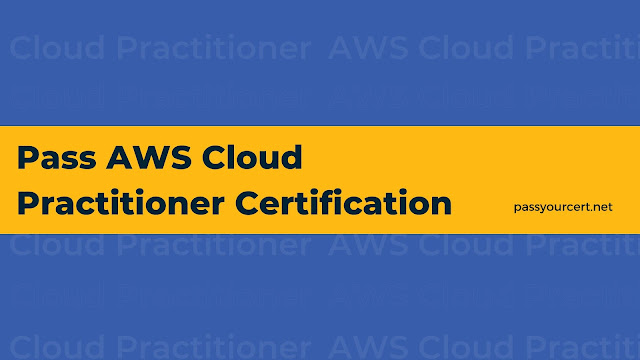Illustrations of AWS Data Analytics Specialty: Certification Exam Tips
I posted about the AWS Machine Learning Specialty certification and my experience with it last year.
Along with updating my existing credentials, I opted to pursue the AWS Security Specialty and AWS Data Analytics Specialty certifications this year.
After completing the latter successfully, I wanted to share my experience and some advice with others through this blog post.
RESOURCES FOR STUDY
For preparation, I used the PassYourCert Course. It's helpful, but I'm afraid it's insufficient. For one thing, it's a little fragmented due to two separate teachers, and it doesn't cover newer services like LakeFormation. I had to supplement it by viewing many AWS videos on YouTube. To reinforce these subjects, look for TechTalks and reinvent/summit videos - even if they are a little old - on the AWS Events channel on YouTube: Kinesis, Glue, Athena, LakeFormation, RedShift, EMR, QuickSight. I've included some links below.
EXAM PREPARATION
Make sure you are knowledgeable about the following topics:
Training materials (PassYourCert, for example) are little unorganised and lack information on current services. For the exam, make sure you understand Lake Formation and permissions well.
AWS AppFlow and AWS Data Exchange appeared on the test; be sure you understand what they accomplish.
FILE FORMAT (Parquet/columnar), COMPRESSION (Gzip/snappy), and PARTITIONING are all heavily emphasised. How this affects Athena performance, RedShift COPY, and so forth.
Kinesis seemed to take up half of the exam - I knew it inside and out. Even things that a certain Kinesis cannot perform (anti-patterns, constraints, and unsupported integrations).
QuickSight Enterprise vs. Standard, integrations / identity federation, and dataset updating
There are several areas where you may apply ML insights with minimal or little knowledge - Glue, QuickSight,...
Various methods for enhancing streaming data (reference tables in S3, DynamoDB), Masking PII
Encryption, Resizing, and High Availability (EMR, RedShift)
QMR, RedShift WLM
IoT, DynamoDB, Data Pipelines, DMS!, DataSync, Snow Family, Direct Connect, VPC End Points, Redshift RA3 nodes have very limited or no coverage.
For preparation, I used the PassYourCert Course. It's helpful, but I'm afraid it's insufficient. For one thing, it's a little fragmented due to two separate teachers, and it doesn't cover newer services like LakeFormation. I had to supplement it by viewing many AWS videos on YouTube.
Look for TechTalks and reinvent/summit videos on the AWS Events channel on YouTube to emphasize these concepts: Some links are provided below for Kinesis, Glue, Athena, LakeFormation, RedShift, EMR, and QuickSight.
While viewing the YouTube videos, I created several OneNote notes, although they are primarily simply screenshots for evaluation. (YouTube links are provided below.)
Other than that, I used hand-written index cards to assist reinforce the study content as I went along. Creating your own notes is excellent.
PRACTICE EXAMS
I have AWS data analytics specialty sample questions by PassYourCert. Even though I have some doubts about some of the information, it is absolutely worth purchasing. It will provide you with the finest overall exam experience. Their website is not very appealing, but the content of the exam is accurate.
EXAMINATION EXPERIENCE
If you have already taken an AWS certification test, the experience will be very similar. Soon after the pandemic began, AWS collaborated with the test providers (Person Vue and PSI) to make the examinations available to test takers all around the world via online remote proctoring mode. Since then, I've used this method entirely to take all of my certification examinations.
Initially, there were several instances of test-takers experiencing technological and procedural challenges, which caused everyone some worry. However, I was fortunate not to have encountered any of these concerns during my journey.
To appear for a professional or specialty certification test, you must have additional stamina, preparation, and planning. Remote proctoring, unlike in-person testing, does not enable you to take a break from the screen or even get up from your seat for a stretch. This is unquestionably more demanding on your mind and body. The added 30 minutes for ESL test accommodations extends the already lengthy specialty/professional certification exam.
But the health and safety benefits of staying at home, as well as the simple simplicity of scheduling a test even at midnight and then taking it with no travel, regardless of weather, traffic, or parking, all add up to a major win in my eyes.
A personal laptop (not given by your company and hence subject to numerous VPN, Firewall, and other limitations) is required. It is strongly advised to test and configure this system a few days before your actual test. Getting a good night's sleep the night before, as well as being hydrated and fed, will all help you focus on the exam.




Comments
Post a Comment